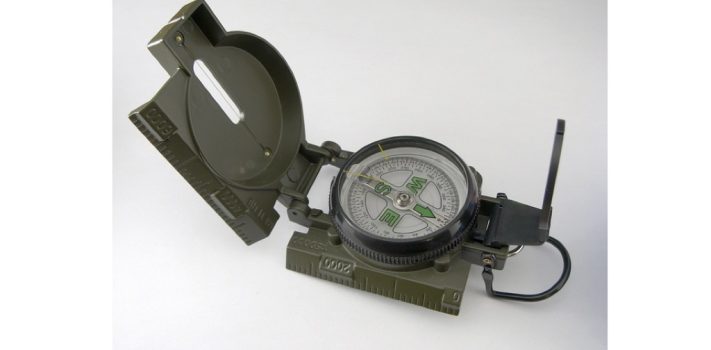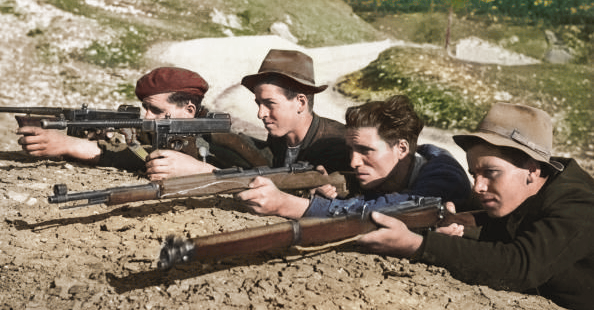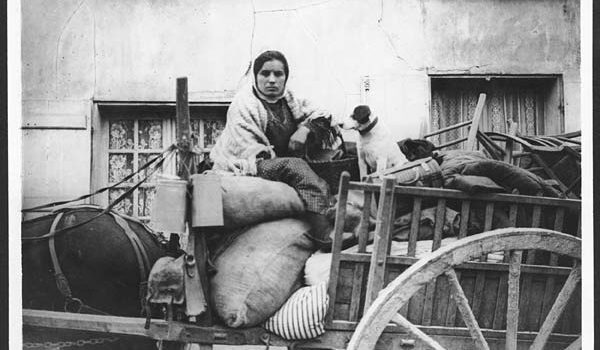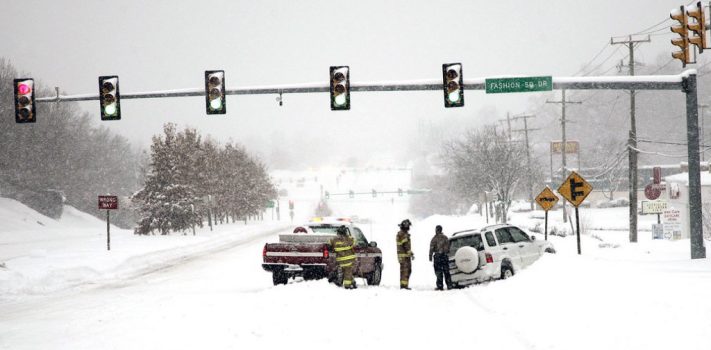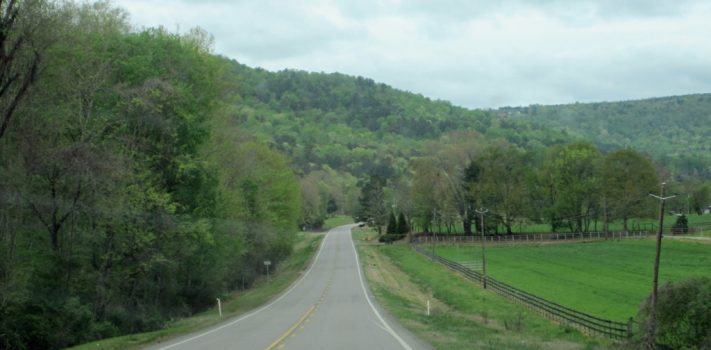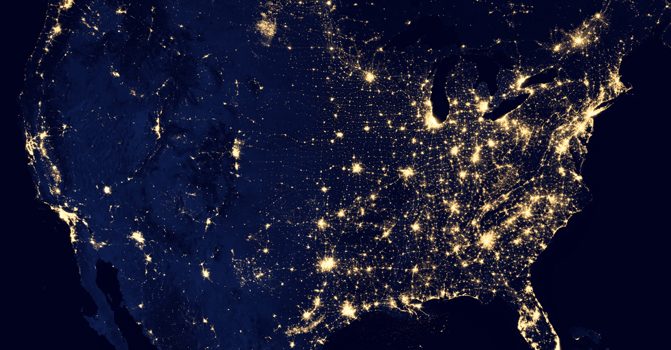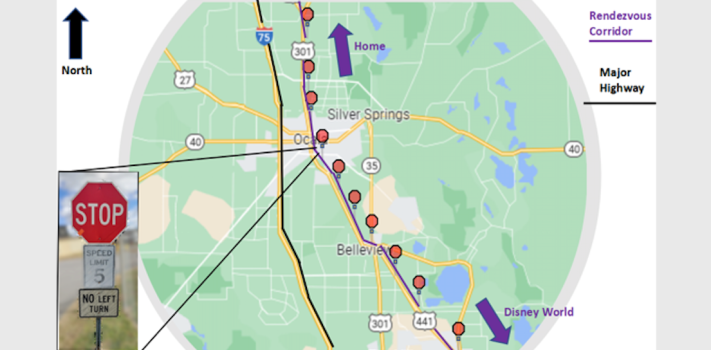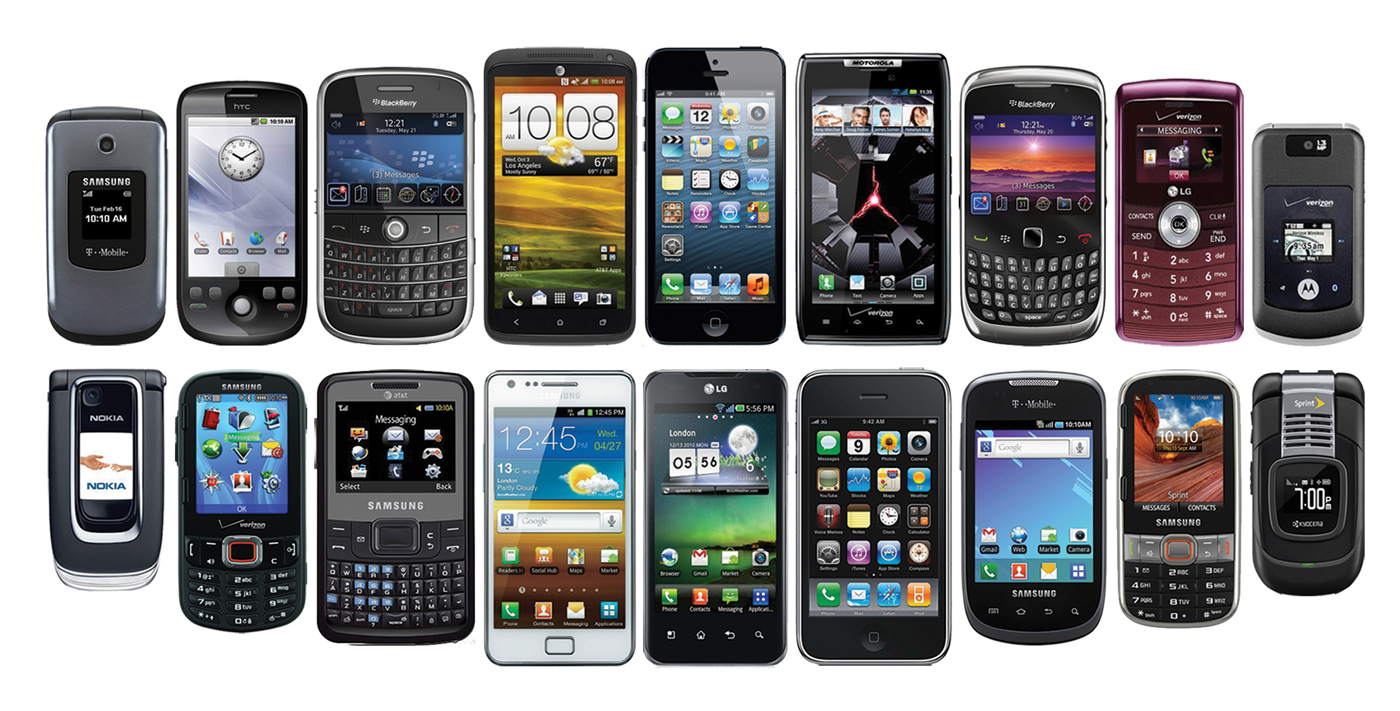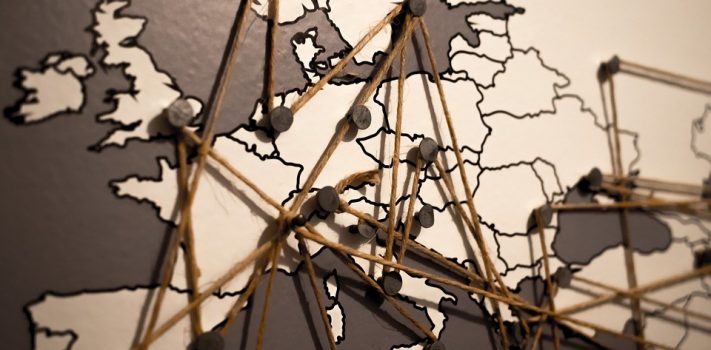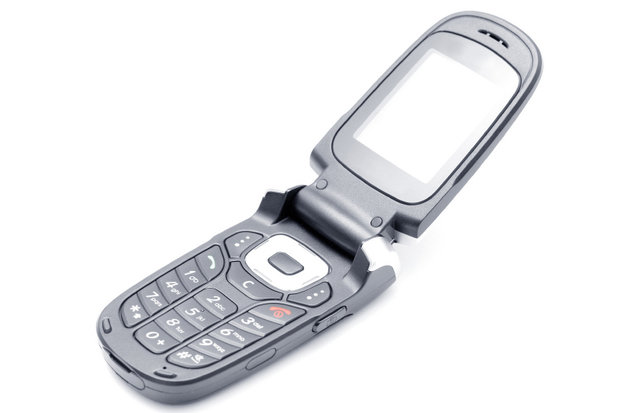Traveling in Austere Situations – Part 2, by Dr. Rick
Camping in fair weather Getting adequate sleep and rest is crucial for your survival, even if you are only traveling a short distance, especially if you are already deprived of it. Your situational awareness and decision-making abilities deteriorate quickly without adequate rest and sleep. That’s not good for you. Climate and weather play big roles in your sleep experience. Another situation that will impact your night’s sleep is whether you are being followed or not. To get the best night’s sleep, you’ll need shelter. In fair weather, shelter is not a major concern. Sleeping “under the stars” is a romantic …

